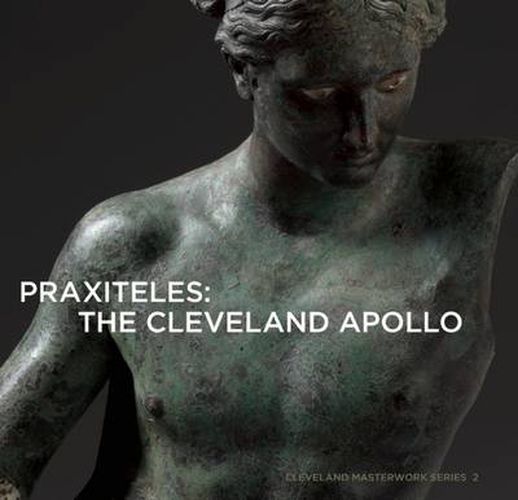Readings Newsletter
Become a Readings Member to make your shopping experience even easier.
Sign in or sign up for free!
You’re not far away from qualifying for FREE standard shipping within Australia
You’ve qualified for FREE standard shipping within Australia
The cart is loading…






Since Roman times Praxiteles’ masterpiece has been known as the Lizard-Slayer. Yet collectors, scholars, and students have all puzzled over the meaning of the young Apollo killing a lizard. What could Praxiteles have had in mind? What was its original context? Praxiteles: The Cleveland Apollo shows that the answers to these long-standing questions are implicit in the bronze sculpture acquired by the Cleveland Museum of Art in 2004. Representing Apollo’s victory over the Python, the triumph of order over disorder, the Cleveland Apollo is most likely the only surviving original sculpture by Praxiteles, and the only life-size Greek bronze that can be securely attributed to a Greek sculptor by name. The author recounts the story of the acquisition and reveals the astonishing circumstances of its recovery: found on an East German estate where it had languished for decades in a ruined condition.
$9.00 standard shipping within Australia
FREE standard shipping within Australia for orders over $100.00
Express & International shipping calculated at checkout
Since Roman times Praxiteles’ masterpiece has been known as the Lizard-Slayer. Yet collectors, scholars, and students have all puzzled over the meaning of the young Apollo killing a lizard. What could Praxiteles have had in mind? What was its original context? Praxiteles: The Cleveland Apollo shows that the answers to these long-standing questions are implicit in the bronze sculpture acquired by the Cleveland Museum of Art in 2004. Representing Apollo’s victory over the Python, the triumph of order over disorder, the Cleveland Apollo is most likely the only surviving original sculpture by Praxiteles, and the only life-size Greek bronze that can be securely attributed to a Greek sculptor by name. The author recounts the story of the acquisition and reveals the astonishing circumstances of its recovery: found on an East German estate where it had languished for decades in a ruined condition.